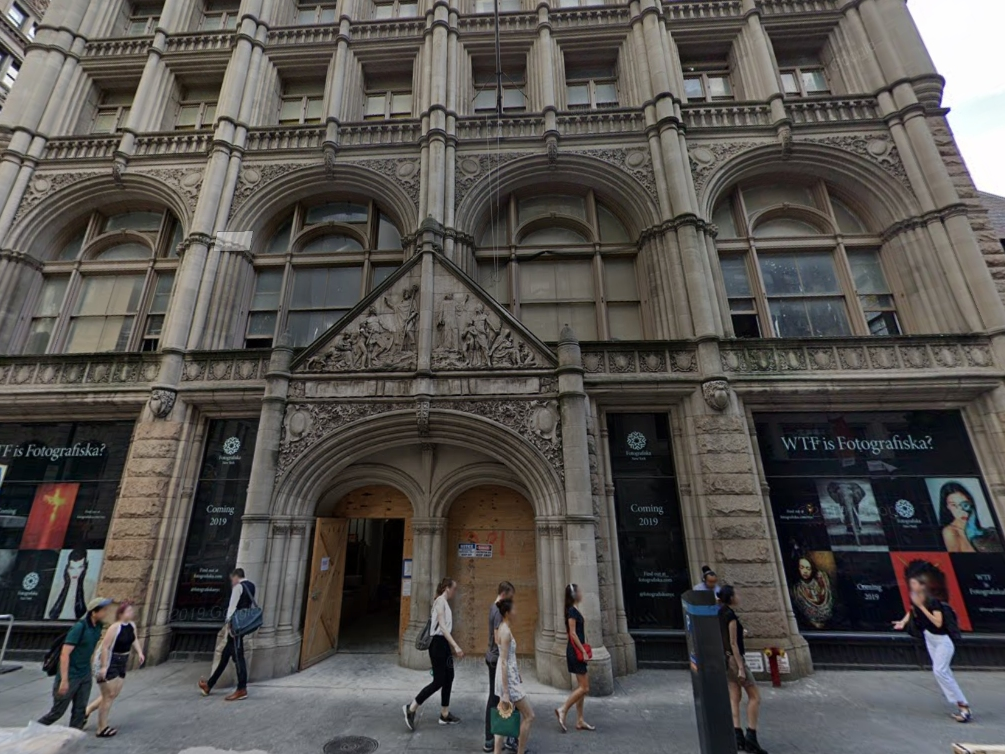By: Troy Qian
For the past few months, small museums all around New York City which once helped define its unique character and artistic scene have started to close their doors to the world.
The Center for Italian Modern Art was active for more than a decade. Last week, it stopped operations and plans to look for a university to take its archive. In May, Fotografiska New York, an outpost for the global photography museum in Gramercy Park, laid off its employees and is now looking for a new home.
In January, the Rubin Museum of Art made the decision to sell its Chelsea building. It cut off 40 percent of its staff as it transforms to focus on traveling exhibitions and long-term loans to other institutions.
Laura Mattioli, founder of the Center for Italian Modern Art, told NY Times, “We were open for about 11 years, but the situation has changed since the pandemic.” Due to the recent financial challenges, it had led to the decision to close.
But all these shutdowns could have been stopped. Early in the pandemic, a survey by the American Alliance of Museums warned that, without assistance from governments and private donors, one-third of cultural institutions in the United States might close. Although most survived, over time, attendance levels fell, and fund-raising efforts slowed as overhead costs and employee salaries rose.
Across the state, there are efforts underway to study and save museums. Recently, legislators approved $10 million in funding for the Museum of Innovation and Science in Schenectady to ensure the museum, which houses the General Electric’s archives. The _ would remain operational and repair its crumbling infrastructure. But for several museums that are closing their doors, there were limited opportunities to get that help.











